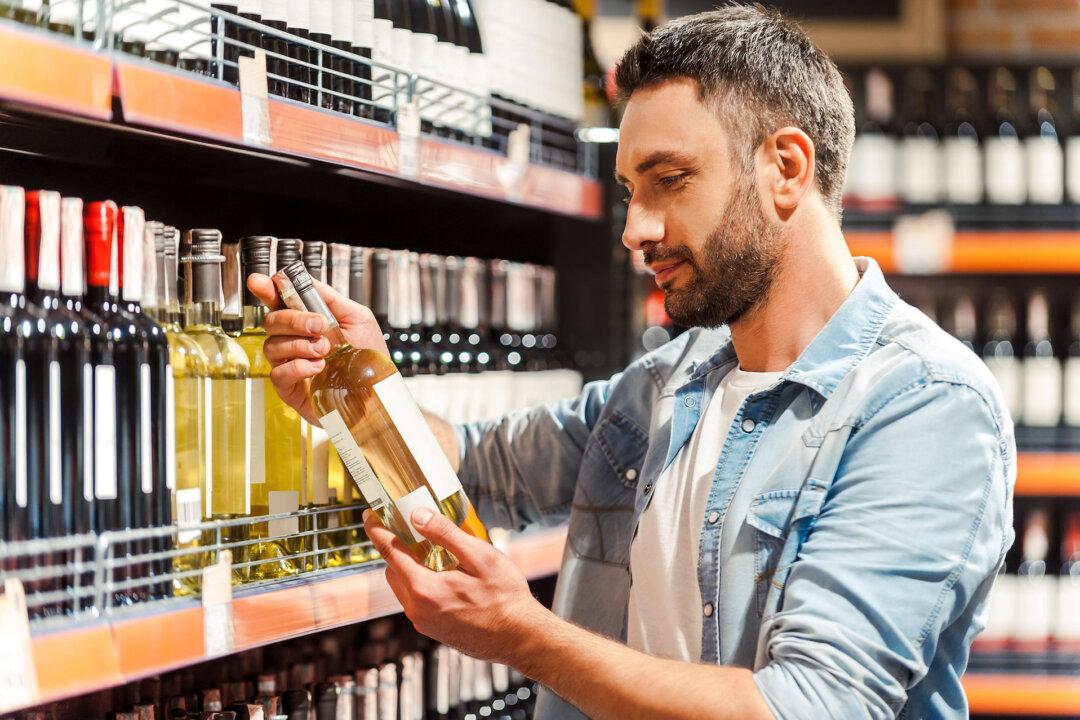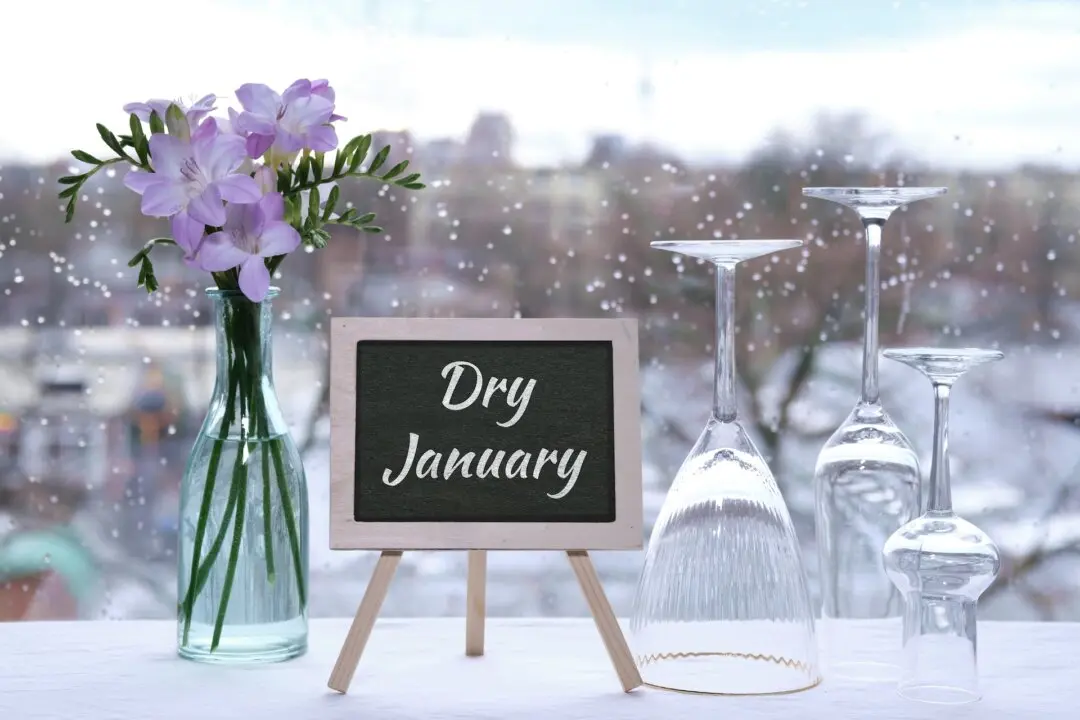Most people buy wine conventionally: They go to a supermarket or a package store and peruse the shelves, lifting bottles, looking at labels, seeing what’s new, and then making a choice.
Some people are a lot faster at it: They just walk to a shelf, grab a wine with a brand they know, and head for the checkout counter.





